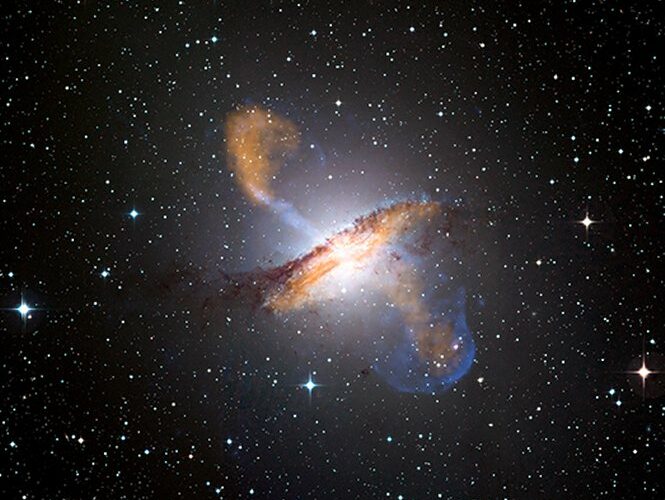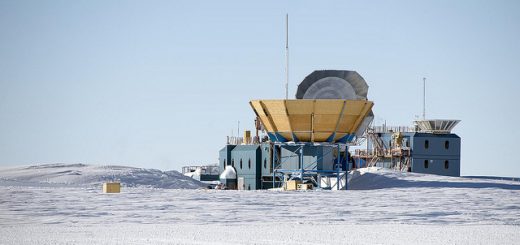Dark Matter

Rebecca Douglas looks at new results in measuring dark matter.
The universe contains 4.9% normal matter, 26.8% dark matter and 68.3% dark energy. According to Einstein, energy and matter are interchangeable (E=mc2) so that makes 84.5% dark “stuff” in the Universe. Dark matter is thought to be partly made up of weakly interacting massive particles, or WIMPS and can help explain the formation of galaxies, which without it would drift apart.
The Alpha Magnetic Spectrometer (AMS) on the International Space Station (ISS) has preliminary results published this month in Physical Review Letters, which may be the first direct detection of dark matter. It looks for positrons and electrons which would be produced when WIMPs collide with each other and annihilate 1. One important observation made by the experiment is that the electrons and positrons seem to fall on the AMS from all directions equally. A directional bias might indicate a specific source for the dark matter, such as a neutron star.
It is hoped that these findings will be supported by dark matter experiments on Earth, such as the DarkSide-50 experiment in the Gran Sasso National Laboratory in Italy, which aim to make more direct measurements by measuring the interactions WIMPS go through when passing through containers of elements xenon or argon, deep underground 2.










